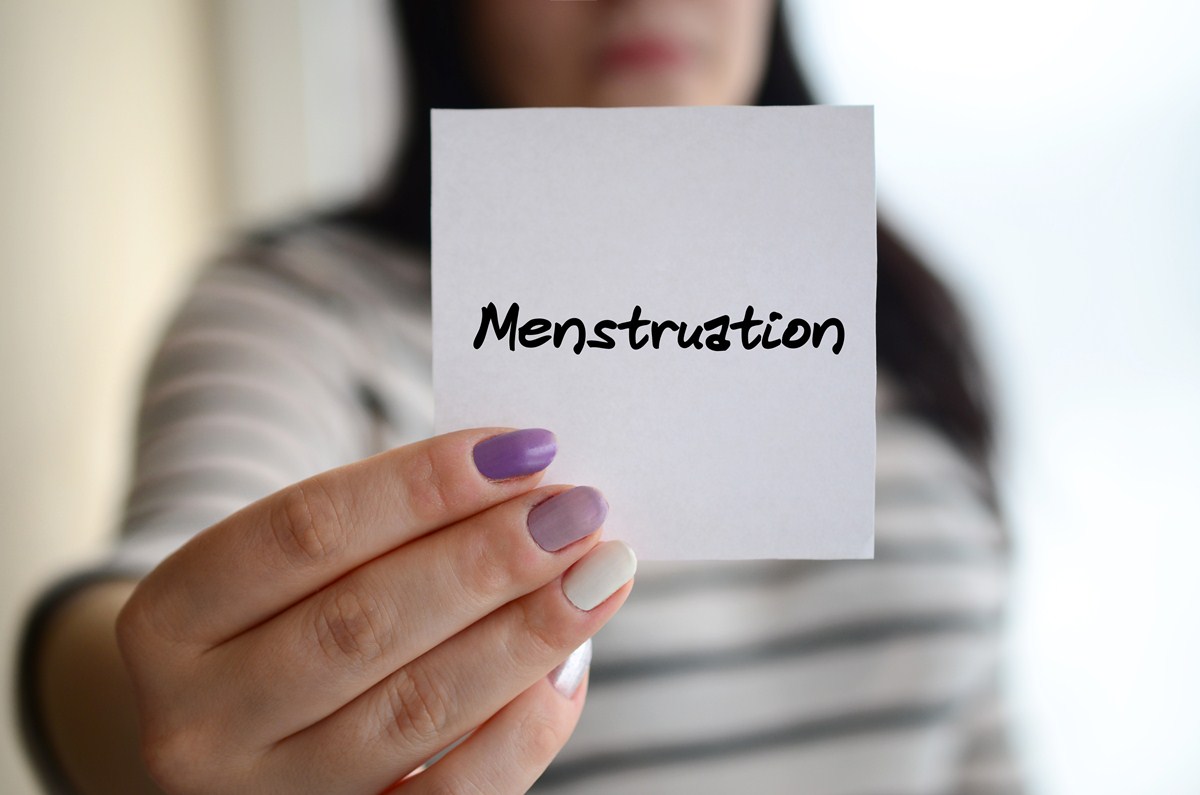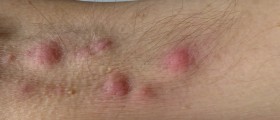Boils are small blisters filled with yellow or whitish pus. They are quite common and ordinary; hardly anybody worries about them. There is a very long list of causes of boils on the skin.
Boils range from simple infections to complex immune-mediated diseases. As many of these boils look alike and differ only by their natural history, it is always better to consult a dermatologist in doubtful cases.

Infections
Infections are the most common cause for boils. Allergic reactions, drug reactions and complex immune-mediated conditions may also give rise to boils. These boils may be episodic and recur from time to time, but hardly any recur regularly. Some boils recur when exposed to drugs and allergens. Some boils recur seasonally. Some occur only in females and are related to periods.
Endometriosis
Endometriosis is defined medically as the presence of ectopic endometrial tissue outside the normal uterine cavity, which remains under the control of the hypothalamo-pituitary-ovarian hormone axis.
It may occur at a site of a previous wound or at a surgical scar site. This tissue is hormone-responsive and undergoes all the cyclical monthly changes according to the central reproductive hormone cycle.
Just like the normal endometrial tissue, these ectopic tissues also proliferate and grow. They are very vascular and may bleed. Blood collects inside a thin layer of epithelium and a boil forms. In tandem with menstruation, boils may rupture and bleed. A gynecologist will be able to recognize this with adequate history and examination. Surgical excision of the endometrial deposit and cauterization often relieves the symptoms.
Hidradenitis suppurativa
Apocrine sweat glands are located under the arms, and in the groin, pubis and inner thigh areas. These glands are responsible for secreting a special type of odorous sweat.
The severity of hidradenitis suppurativa can be classified according to various staging systems. The location, type and number of lesions, duration, gap between lesions are taken into account. You may see these clinical staging in your diagnosis card. This staging is simply a method to decide upon the treatment regimen.
A wide range of medications can be prescribed according to the severity of the condition. Antibiotics are very commonly used to battle secondary infections in blocked sweat glands. Tetracycline, rifampicin, clindamycin are a few commonly used antibiotics. Steroid injection and local applications can be used to mediate the local inflammatory process. Radiation and surgery also has a role in stubborn cases.
- Alikhan, Ali, Lynch, Eisen (2009). "Hidradenitis suppurativa: a comprehensive review".J Am Acad Derm 60 (4): 539-561
- Batt, Ronald E. (2011). A history of endometriosis. London: Springer. pp. 13-38.
- Photo courtesy of SteadyHealth
















